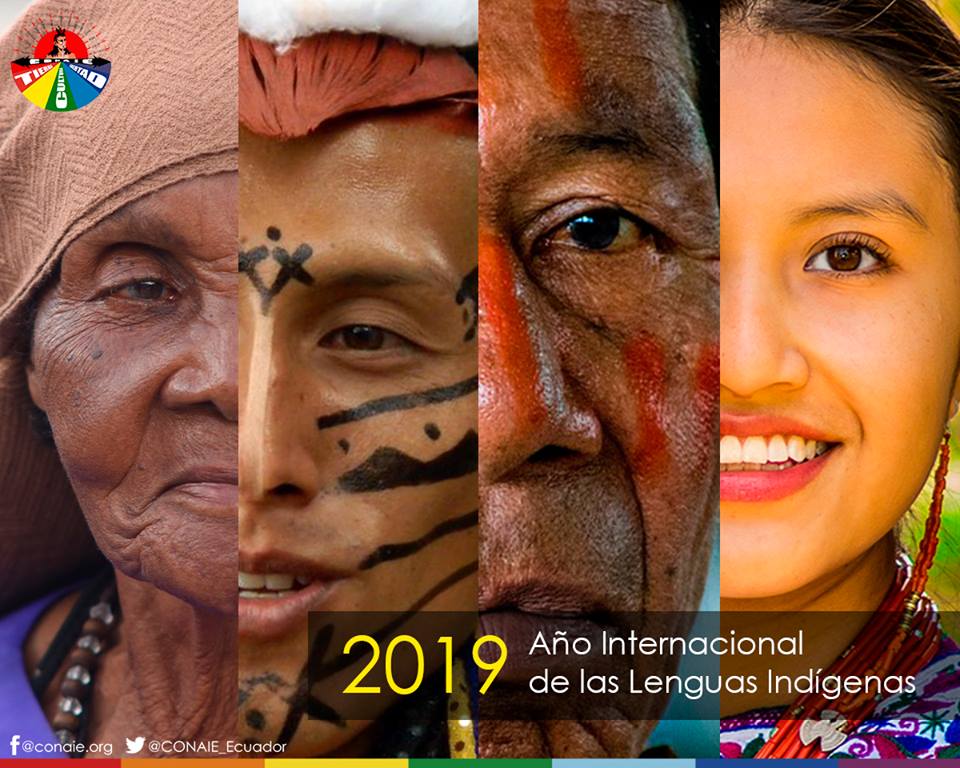Since the beginnings of translation, which goes back 2,000 years, it has been used for a wide variety of purposes which have led to the different types of translation that we know today: advertising, popularisation, scientific, economic and legal, among many others. Translation erases communication boundaries and allows us to increase the reach of our message regardless of its kind.
Most orders managed by a translation company are usually from other companies that we help expand and reach a global audience. Although this may be one of the most obvious purposes of translating, there are many additional reasons why translation is an effective and occasionally crucial science for people’s wellbeing.
The United Nations has declared 2019 the International Year of Indigenous Languages, with the aim of collaborating in their conservation, care and protection. Like any other language, these languages represent much more than just a communication tool. They are a key aspect of the identity, culture, history and life of the people and societies that use them. When languages are weakened, there is a risk of losing a wealth and history that cannot be replaced or recovered. In addition, this weakening can mean the total isolation of people who use them, as has recently been the case in Mexico where 60% of the indigenous languages spoken are in danger of extinction.
The use of indigenous languages can be encouraged by the translation business, either by translating the most relevant works of these languages into other major languages and thus reaching more people, triggering interest in learning one of these languages and promoting cultural and linguistic diversity, or by translating masterpieces of popular culture into minority languages and dialects.






